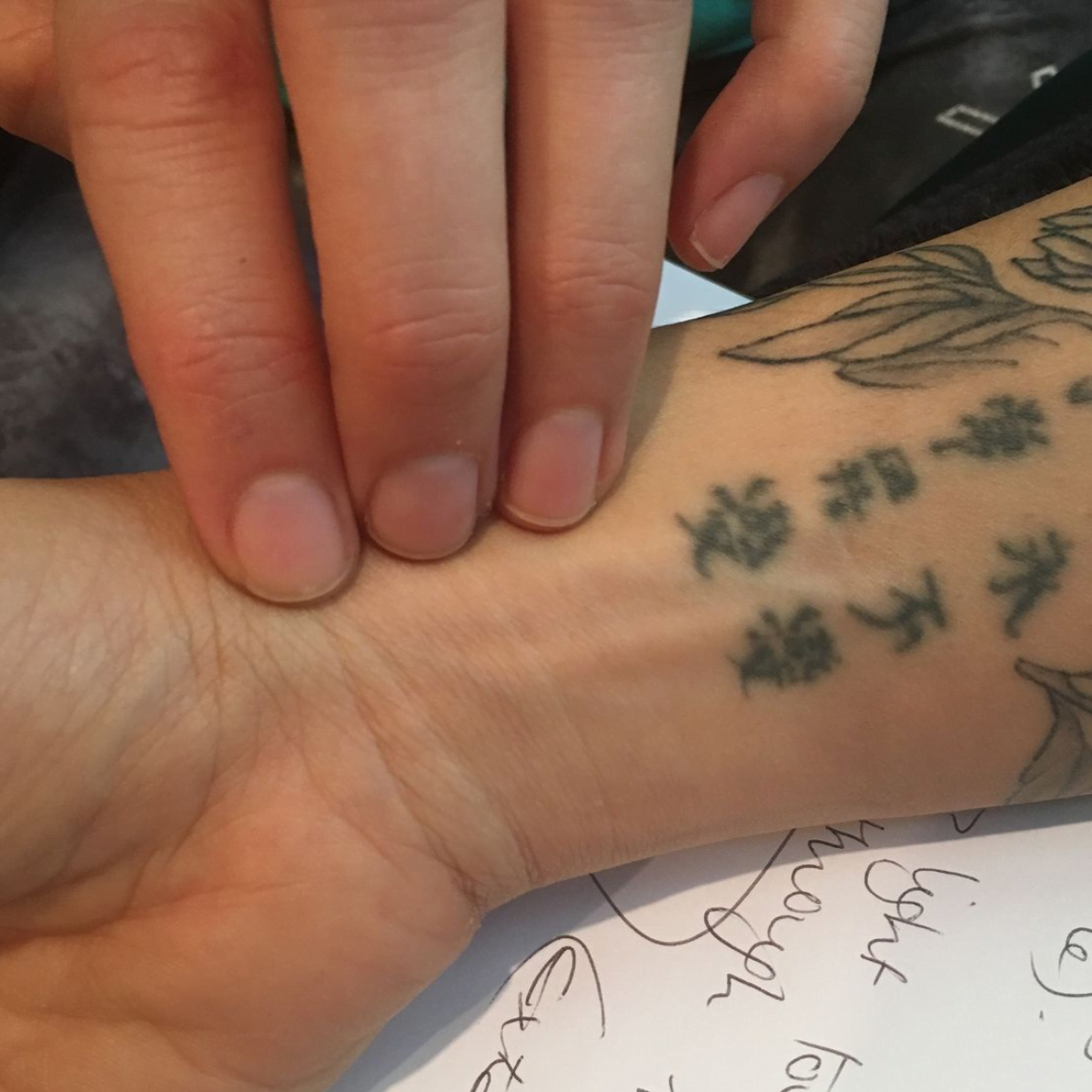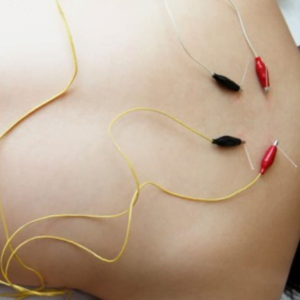- Key Facts
- Content
- Why Choose This Course
- Pre-Requisites
- Additional Info
Costs:
£195
Optional £49 fee to upgrade to a diploma via case studies verified by an independent external
Duration:
This course is 2 days, each running from 9:45am to 5pm.
The Classical pulse was originally taught as part of Chinese Medicine, but later expanded upon and changed into what is now the modern pulse taking method. These days you therefore have a very quick and modern method, which can have ambiguous results, or there is a very in-depth alternative method which can take years to learn. Therefore, many qualified acupuncturists and herbalists often do not fully utilize pulse diagnosis, as the information gleaned from these methods can be unreliable. The Classical Pulse, not only gives you information from the 12 different organs of Chinese Medicine, but also allows you to detect deficiencies and excesses very accurately and within a shorter learning period. This course includes the uses and complications you may come across in clinical application, and therefore is more suitable for modern practitioners.
Japanese Hara Diagnosis is a traditional method of diagnosing organ pattern types, plus deficiencies and excesses with each of these.
This, along with Classical pulse, and other diagnosis methods, can provide an accurate determination of issues within the body.
The course consists of theory and practical hands on application of traditional Japanese Hara diagnosis to assess the body and deduce the key organ pattern that is affected in your clients, and classical Chinese pulse as originally taught and discussed in the Nei Jing. This pulse diagnosis allows you to clearly identify the 12 organs and areas of imbalance in each.
The course also covers meridian palpation and diagnosis, points and needling protocol for treatment of imbalances and an in depth discussion on pulse theory as well as anatomy and physiology of the pulse.
There is a detailed demonstration of each of the techniques included, and the practicals give plenty of time to use and learn these on each other.
Assessment is by observation of students during the practical sessions to establish their understanding of the theory and safe practice. Each student must be observed practising correct, safe, protocol with understanding of the therapy in order to be deemed safe to practice and gain a full certificate. (Equates to 6 hours CPD).
Optional Diploma Available with 10 case studies submitted before 3 months after the classroom day (equates to 32 hours CPD).
Health and Safety
What is Japanese Hara Diagnosis
What is Classical Pulse Diagnosis
History of the techniques
How do they work?
What do they do?
Issues and applications
Techniques
Standard Protocols
Three palpitation methods
Three skin diagnostics
Map of the abdomen
Diagrams of the 4 key patterns that occur
Acupuncture points for treatments of issues found
Treatment Protocol
Meridian Palpation and Diagnostics
Practical demonstrations
Student practice
A qualification in Acupuncture, Acupressure, or other related areas.
You must be 18 or over and willing to perform diagnosis on and receive diagnosis from other students.
Reviews
“This course is very much ‘hands on’ with not so much theory so better to retain what is being taught. Really worthwhile attending. A quick and easy diagnosis in clinic but powerful and would work well with the 16 page diagnosis form. Really enjoyable and a unique offering compared to other acupuncture practices.”
Sally V Trueman, Senses Therapies, Cleckheaton West Yorkshire
“Japanese Hara and Classical Pulse was a game changer. The link between energy and physical has never been more apparent. Love the environment and teaching styles – relaxed, fun but super vigilant supervision with a priority on accuracy and efficacy.”
Kate Shelmerdine, Skin, Hand, Tonic, Woodford
“The Japanese Hara diagnostics course was next level! Every time I attend a course with TTT I leave feeling as though my eyes have been opened to a whole new world, and a whole new way of treating. My clients are totally spoiled because no matter their problem, as I am armed with knowledge bestowed upon me by the teachers, I have a tool to help them. The staff are super helpful, friendly and have a huge amount of knowledge! They become like your family, guiding you into becoming the best possible version of yourself.”
Natasha Basile-Gracey, 360 Therapies, Knutsford, Cheshire
“The Japanese Hara and Classical Pulse Diagnosis was absolutely outstanding. The diagnosis techniques that we learned will not only save me time in clinic but also help me to get an accurate diagnosis very quickly. I now have the tools to provide patients with powerful diagnosis and treatments from the very first time they walk through the doors. The atmosphere in class was literally electric with a totally supportive space to ask questions and learn. I would recommend this course and Total therapy training to anyone.”
Paula Dean, the Fertility Fairy, En Pointe Therapy Clinic, Wigan, Greater Manchester
FAQS
This is a diagnosis technique to support your other modalities and does not really teach how to treat issues although it does include some needling techniques for existing acupuncturists.
Yes this teaches a Japanese superficial needling technique to treat an imbalance, however it does not teach basic needling skills and you should already have these.
These were part of the methods of diagnosis used in the east before it was standardised and brought to other areas of the world, and are not taught in acupuncture schools in the UK in general. The methods are less prone to error and are more repeatable than the methods taught in the modern day.
This course is aimed at acupuncturists and acupressure practitioners wishing to learn traditional diagnosis, however practitioners of other modalities which use Chinese Medicine Theory may find it helpful.





